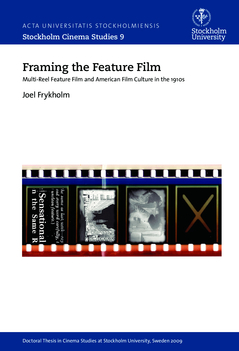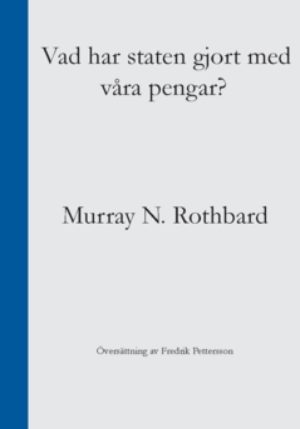This dissertation addresses the breakthrough of the multi-reel feature film in the United States, and the significance of this process within the wider context of the American film industry and culture in the 1910s. The purpose is to provide a new, and more comprehensive analytical framing of the topic, and to enhance our understanding of how a new central commodity, i.e. the multi-reel feature film, changed the conditions for film exhibition and reception. The introduction links the breakthrough of the multi-reel feature film to an array of film-historical transformations unfolding in the US around the same time. A critical assessment of previous scholarly work dealing with the early feature is also provided. Part I analyzes how the breakthrough of the multi-reel feature film was negotiated within the trade and by contemporary commentators. The result is a multi-perspective framing of the topic that highlights the complexity of these cultural negotiations and the uncertainty over cinema's possible futures. Part II shifts attention to film culture and film exhibition in Philadelphia around 1914. The objective of this case study, largely based on newspaper sources, is to examine how the increasingly common multi-reel feature film was integrated into and/or changed the existing film culture in the city. The main conclusion is that experimentation and diversity rather than smooth transitions characterized the local response to the emergence of features. Part III deepens the investigation of local diversity by offering a case study of one particular film: The Spoilers (Selig Polyscope Co., 1914). The conditions of the film's historical reception are outlined, and particular attention is given to the film's role in the Americanization of the feature film market.






